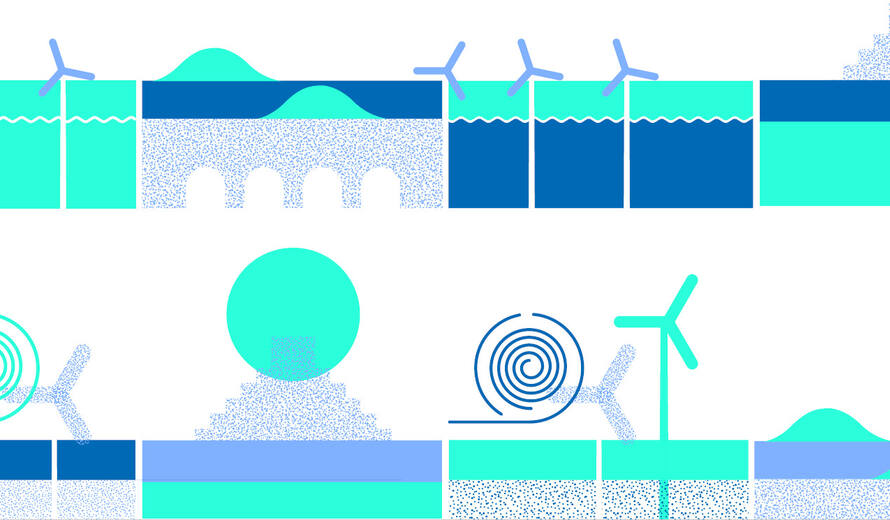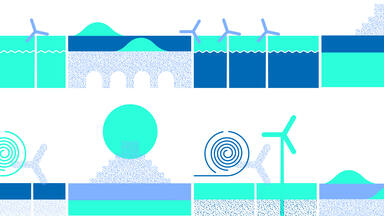New online Guidance for Wind Energy Projects in a World Heritage Context
UNESCO has launched a new guidance tool to enhance mutual understanding and achieve improved and constructive cooperation between the deployment of wind energy projects and the conservation of the world’s most precious heritage places.
With climate change being a defining issue of our time, the transition to renewable energy sources and sustainable energy production to replace fossil fuels is part of the international commitments made under the 2030 Agenda. Among renewable energy resources, wind energy is one of the most accessible and cost-effective. While new wind energy projects and infrastructures are essential for economic and social development, their number is continuously increasing, raising challenges in designing and authorizing development projects that fit into the natural and cultural environment, including within and around UNESCO World Heritage properties.
In this context, appropriate knowledge, smooth and transparent communication, and established processes could address potential conflicting interests between the need to shift energy production to renewable sources and the protection and preservation of the Outstanding Universal Value of UNESCO World Heritage cultural and natural properties – the unique qualities that justify the inscription of sites on the UNESCO World Heritage List.
The aim of the newly released ‘Guidance for Wind Energy Projects in a World Heritage Context’, made possible thanks to the support of the Government of the Netherlands, is to assist stakeholders engaged in policy development, planning and implementation of wind energy projects on the one hand, and key actors involved in the protection of UNESCO World Heritage properties on the other. Designed specifically to support States in protecting heritage properties inscribed on the UNESCO World Heritage List while pursuing their energy transition to renewable sources, this new tool seeks to guide them towards the best possible solutions that meet both conservation priorities and sustainable development needs.
By bringing together the World Heritage conservation and wind energy sectors, this new tool provides widely accessible knowledge of World Heritage related processes and enhances proactive actions, such as the establishment of effective legal, regulatory, and institutional mechanisms. It also aims to facilitate responsible project planning, including through the integration of heritage impact assessment processes, to ensure that the shift to renewable energy production is consistent with another long-term objective: preserving World Cultural and Natural Heritage for present and future generations.


